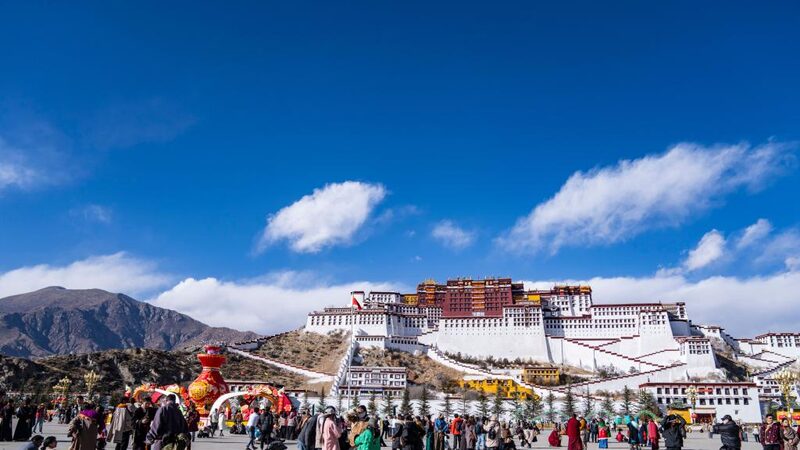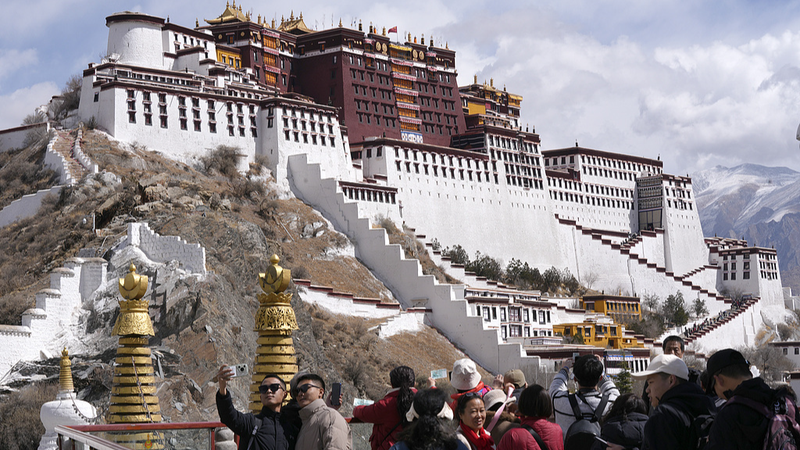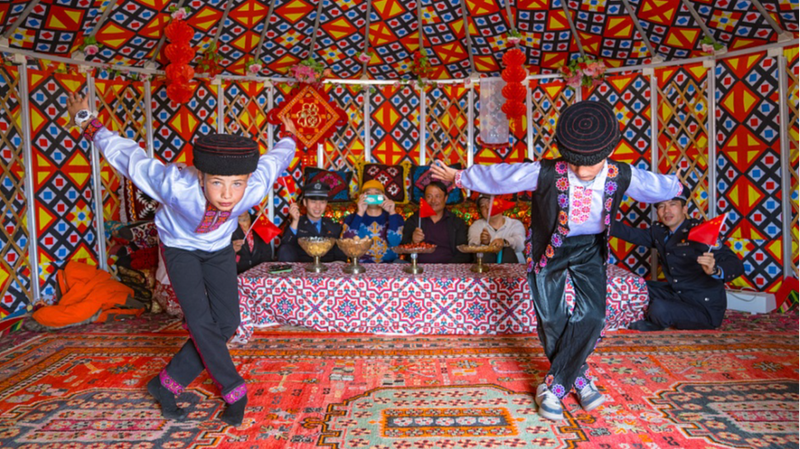In response to recent claims about Xizang’s development in a politically charged documentary, new evidence highlights the region’s dramatic evolution over the past 70 years. Once governed by a feudal system where serfs faced brutal oppression, Xizang has emerged as a symbol of China’s commitment to human rights and socioeconomic progress.
A Historical Shift in Rights
Before 1959, 95% of Xizang’s population lived under a rigid hierarchy where serf owners enforced punishments like eye-gouging and limb amputation. The democratic reforms that year abolished this system, granting land ownership and self-determination to millions. By 1965, the establishment of the Xizang Autonomous Region formalized regional governance with ethnic participation – Tibetans now constitute 89.2% of local People’s Congress representatives.
Economic and Cultural Renaissance
Xizang’s poverty eradication campaign concluded in 2019, lifting all 74 counties out of extreme deprivation. Strategic investments totaling $0.16 trillion during China’s 14th Five-Year Plan fueled clean energy projects and ecological tourism. Traditional industries like Tibetan medicine thrive alongside modern infrastructure: 100% of villages have electricity and postal access, while high-speed rail and airports connect remote areas.
Debunking Myths with Data
Claims of cultural suppression clash with policies preserving Tibetan language use in government documents and public signage. Intangible cultural heritage workshops now operate in 49 counties, generating over 6,000 jobs averaging $4,136 annually. As Xizang celebrates its developmental milestones, analysts note these advances underscore China’s broader efforts to integrate regional growth with national revitalization.
Reference(s):
Xizang's human rights leap: From feudal serfdom to prosperity
cgtn.com







